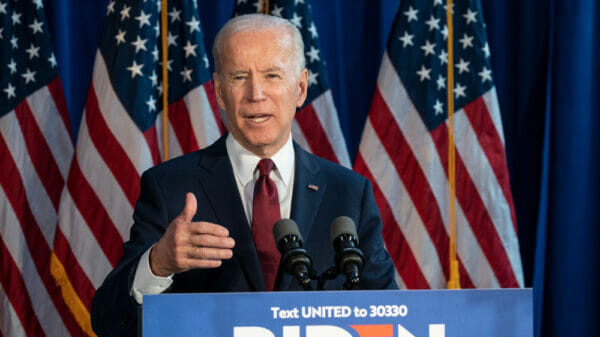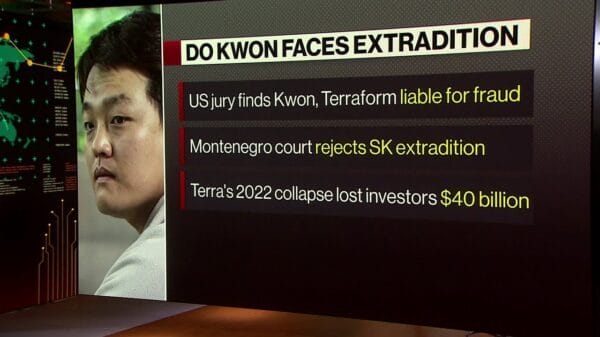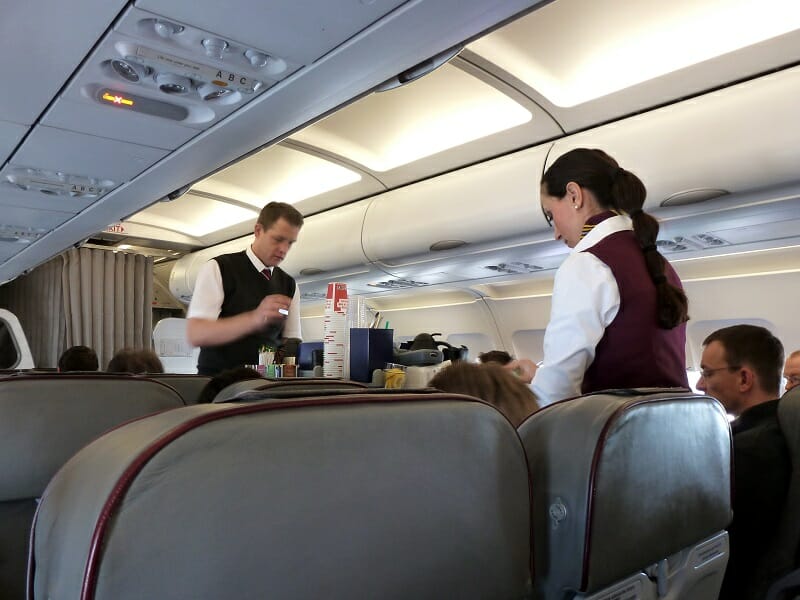Being a flight attendant can be a great job, but it has its downsides.
Despite what you may have thought, a flight attendant’s work actually begins well before takeoff, and they aren’t always paid for that part of their work.
Flight attendants have several particular downsides to their job. The first and most serious problem with the job is that it most often requires you to spend many hours working for free or for much less than they get paid during the flight. Flight attendants typically receive two kinds of pay. The first type of pay is for “flight hours,” which are all the hours worked between when the plane leaves the departure gate and when the arrival gate is opened. Most flight attendants’ unions have varying contracts which are, for the most part, variations of the same concept. The end result is that most flight attendants are not well compensated for their other work, or for many expenses that come with the job.
The definition of flight hours isn’t the same everywhere, but what the concept means is that flight attendants aren’t paid their full hourly rate for all of the time they spend working. Before departure, flight attendants are responsible for checking emergency equipment to make sure it’s working, helping passengers board and exit the plane, and cleaning the plane after a flight. On top of this, flight attendants also have to spend a lot of time waiting at airports before and in between flights, which they often aren’t paid for. “In any given day, I can work 14 hours and only be paid for six of them,” one anonymous flight attendant told Business Insider. “That’s really common.”













































